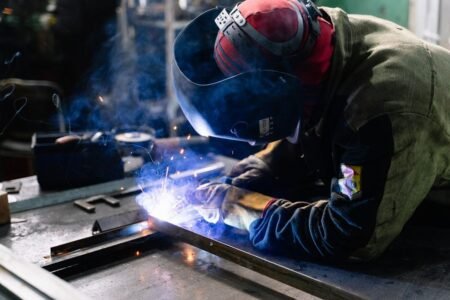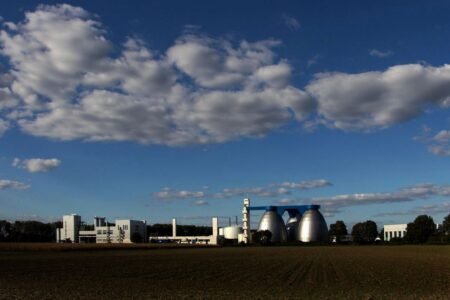Washing powders and dishwasher detergents will need to be almost phosphate-free in future, following a vote in the European Parliament on Wednesday. The measures aim to protect aquatic life in waterways and seas around the EU.
Advertisement
Similar restrictions will apply to automatic dishwasher detergents for consumers as of 1 January 2017. When excessively discharged into water, phosphates cause algae to grow at the expense of other aquatic life.
Member States have the possibility to advance the date of applicability when certain conditions are fulfilled and the Commission has been tasked to review the situation before 31 December 2014. The Regulation aims to reduce the amount of phosphates found in waste water and to improve water quality. The Regulation does not affect detergents used by professionals as technically and economically feasible alternatives are not yet available throughout the EU.
A European problem:
The forthcoming Regulation will harmonise measures across the EU as some Member States already have national restrictions in place with divergent limit values. Others rely on the voluntary action of detergent manufacturers. In some regions measures taken by individual countries are not sufficient to maintain water quality at acceptable levels. This is the case of the Danube River and the Baltic Sea.
The Commission will keep under review industry’s progress through innovation in the development of technically and economically viable alternatives to phosphates in automatic dishwasher detergents to verify whether the deadline of 1 January 2017 can be met.
Background
Eutrophication of European waters
When excessively discharged into water, phosphates, like nitrates, can raise the amount of nutrients to an unsustainable level, eventually causing algae to grow at the expense of other aquatic life. This phenomenon is known as ‘eutrophication’ or, more commonly, ‘red tides’ or ‘green tides’. The main sources of discharge of phosphates into surface waters are agriculture and sewage with detergents coming in third position.
Phosphates are primarily used in detergents to ensure efficient cleaning in hard water. Phosphates originating from detergents and discharged into waste water have to be removed through costly chemical or biological processes at waste water treatment plants. Not all treatment plants in the EU are equipped with the necessary technology to carry this out.
Where will phosphates be limited?
Some alternatives to phosphates also contain phosphorous, albeit in a different chemical form, which can potentially create environmental problems when used in higher concentrations. Therefore, the restrictions set limits for total phosphorous content.
Cost-efficient alternatives to phosphates are available for laundry detergents. Consequently, the Regulation will set a new phosphorous content limit in consumer laundry detergents at 0.5 grams of phosphorous per standard washing dose at hard water hardness by 30 June 2013. The forthcoming 18 months will allow the remaining companies not having already developed phosphate-free laundry detergents to reformulate in a normal product life cycle.
For consumer automatic dishwasher detergents more research and innovation is still needed to develop adequate alternatives to phosphates without reducing the efficacy of detergents. This represents an opportunity for industry. Consequently, the total phosphorous content limit is set at 0.3 grams phosphorous per standard dose and will only be applicable by 1 January 2017.
The Regulation foresees that the Commission will re-assess the situation regarding automatic dishwasher detergents by 31 December 2014 to verify whether compliance with the limitation is indeed economically and technically feasible for all EU manufacturers – including for SMEs active in this sector and will examine the impacts of alternatives to phosphates on water treatment.
The Regulation will benefit not only waste water treatment plants, with reduced costs for phosphate removal, but also consumers who pay for waste water treatment, and ultimately the environment.
Source: European Parliament, European Commission







